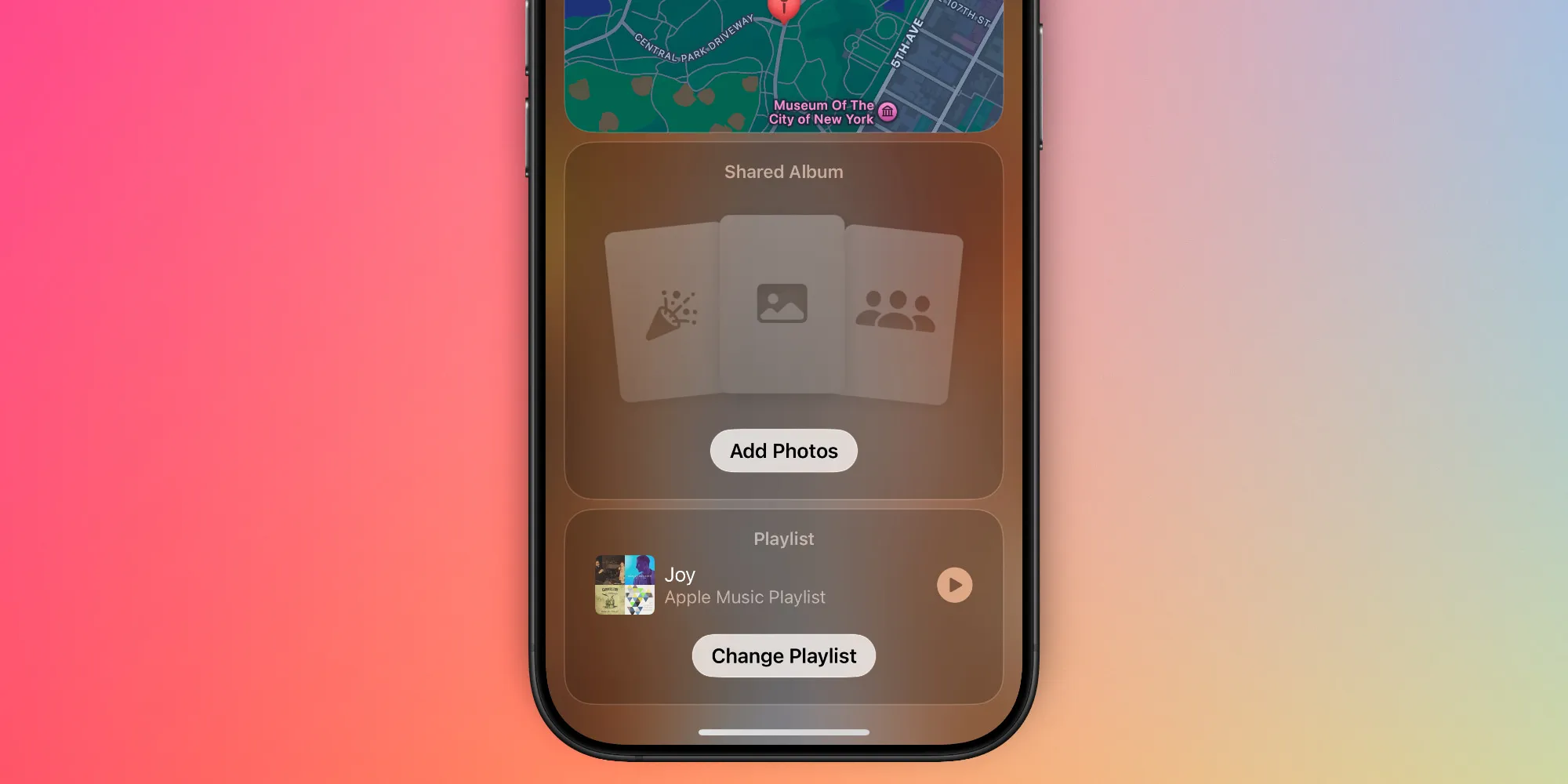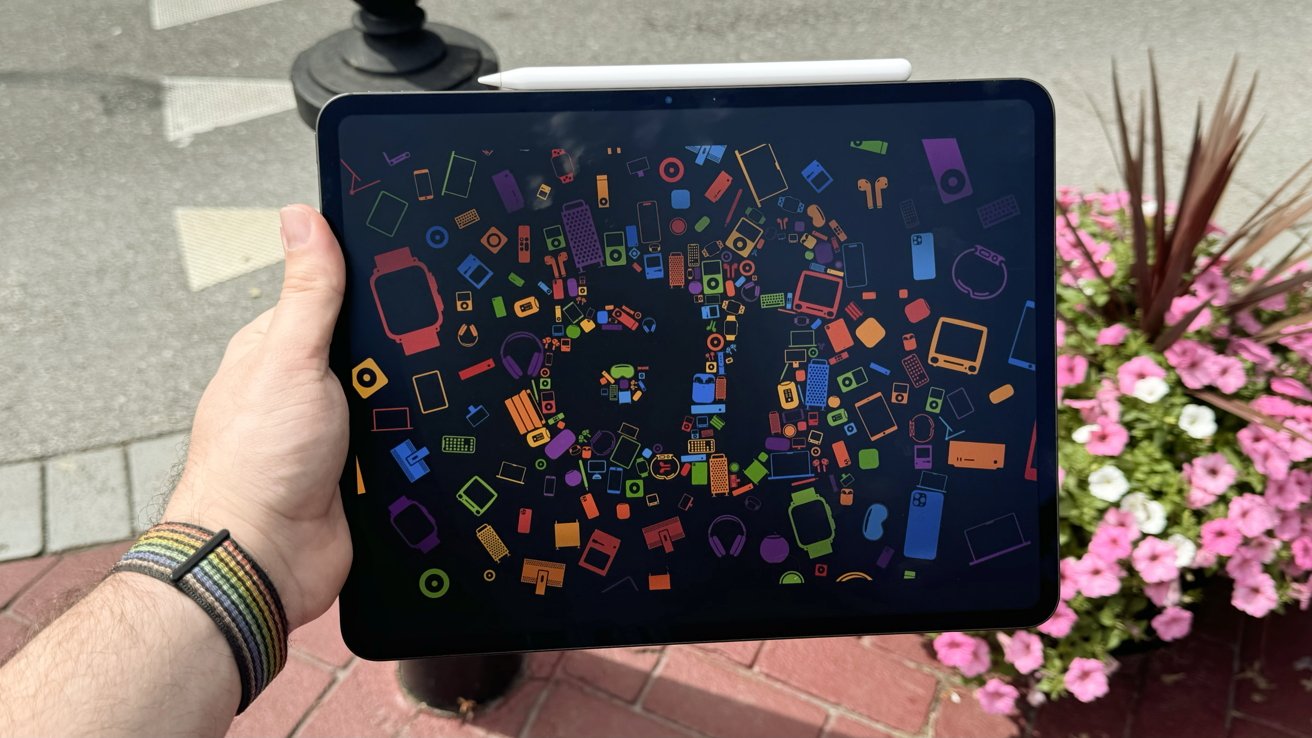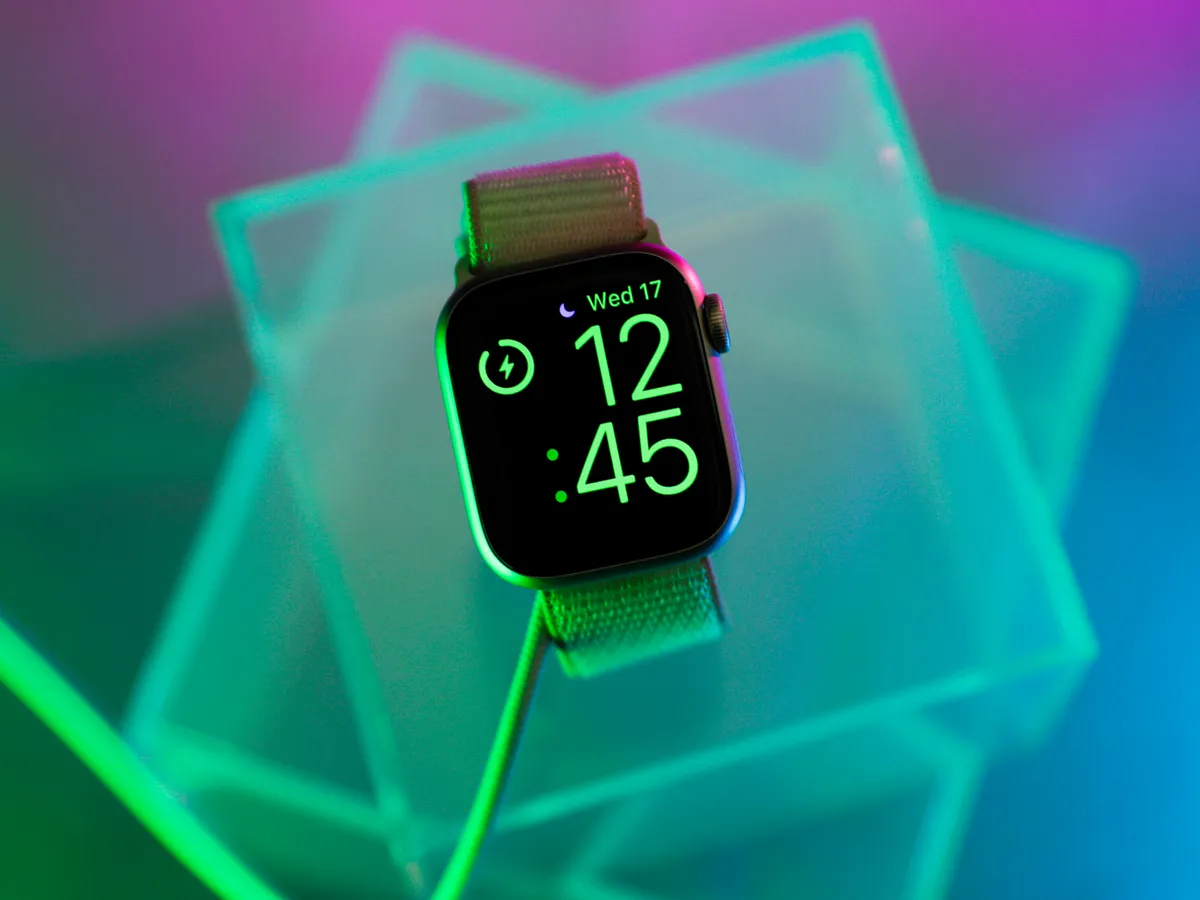The much-anticipated Powerbeats Pro 2 from Apple is set to hit the market this Tuesday. But, in a surprising twist, one Walmart shopper managed to grab a pair before the official announcement, as revealed in a Reddit post from the weekend.
“I spotted them locked up at my local Walmart,” shared the Reddit user. “I asked if I could buy them, and they let me.”
Apple had previously teased the Powerbeats Pro 2 with a video last year, showcasing a sleeker, taller design than the first Powerbeats Pro released in 2019. The new model is rumored to come with several upgrades, including the H2 chip found in the AirPods Pro 2, heart rate sensors for exercise, and vibrant new colors like Electric Orange.
Thanks to the H2 chip, these earbuds are expected to feature active noise cancellation, which wasn’t available in the previous version. This chip should also enhance sound quality and extend battery life. In the U.S., the Powerbeats Pro 2 are expected to retail for $249.








